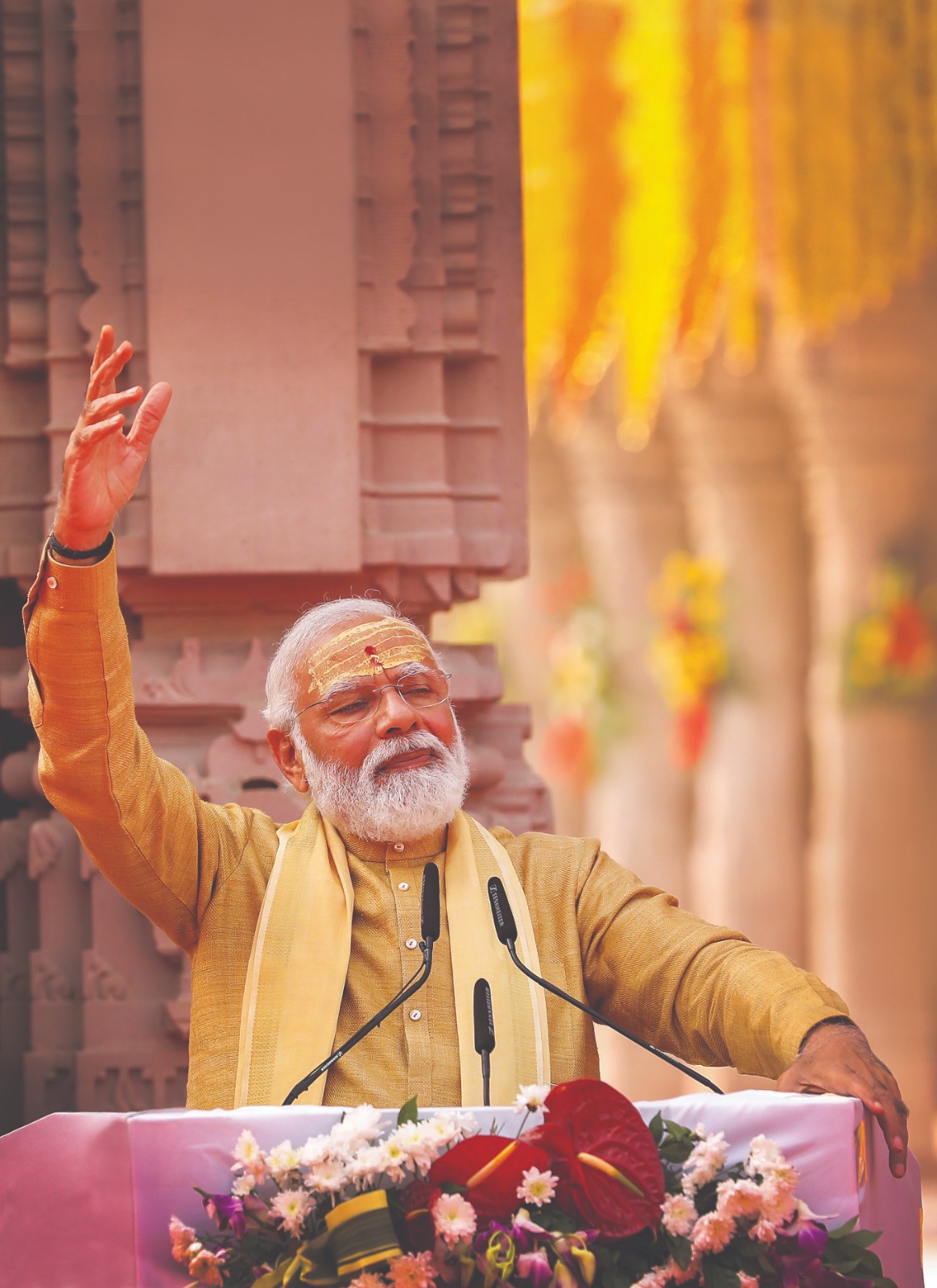Nurturing the Fourth Pillar: Media and Journalism Education for India's Amrit Kaal
In the wake of India's pledge to become a developed nation by 2047, a centenary of its independence, media and journalism education necessitates a visionary transformation. The Bachelor of Journalism & Mass Communication (BJMC) curriculum at IIP Academy is poised to meet these futuristic demands by embracing a pedagogy that balances practical skills, ethical grounding, and innovative storytelling. This reimagined educational framework is not just an academic imperative but a vital contribution to the fortification of the fourth pillar of democracy.
Understanding the Indian Context
India's socio-political fabric is unique, marked by its diversity, its democratic ethos, and its rapidly evolving media landscape. With the government envisioning a 'New India' by 2047, journalism must rise to the occasion, ensuring that the flow of information remains robust, critical, and constructive. The media is instrumental in shaping public opinion, fostering transparency, and ensuring accountability, all of which are crucial for India's journey towards development.
Pillars of the Reimagined BJMC Curriculum
1. Comprehensive Media Literacy
Understanding media in all its forms is the cornerstone of journalism education. Future journalists need to be adept at discerning the nuances of print, broadcast, digital, and social media. This literacy goes beyond consumption to include the production and critical analysis of media content. Students should be taught to evaluate sources, understand the influences on media production, and recognize the impact of media on society.2. Ethical Journalism
Journalism without ethics is a disservice to democracy. The curriculum must instill in students the principles of truth, accuracy, fairness, and accountability. They should learn about the rights of journalists, the responsibilities they carry, and the fine balance between public interest and privacy. This involves not just familiarization with the Press Council of India's norms but also an understanding of global ethical standards.3. Research and Fact-Checking
In an era marked by misinformation and fake news, rigorous research and fact-checking are indispensable skills. Courses should cover investigative techniques, data journalism, and the use of technology in verifying information. Fact-checking must be elevated from a skill to a mindset, ensuring that every piece of content produced is scrutinized for accuracy.
4. Technology and Innovation
As India surges in the digital domain, journalists must be tech-savvy. This involves understanding and using the latest tools for content creation, distribution, and audience engagement. Embracing virtual reality, artificial intelligence, and data analytics can lead to more immersive and interactive storytelling. Courses should foster innovation, encouraging students to conceive novel ways to report and present stories.
5. Legal Knowledge and Media Laws
A journalist must navigate the complex web of laws that govern media. A comprehensive understanding of the Indian Constitution, especially the rights to freedom of speech and expression, defamation laws, contempt of court, and the right to information, is essential. Knowledge of the Information Technology (IT) Act and the ever-evolving digital laws will prepare students to work within legal frameworks.
6. Specialized Reporting
India's diverse milieu calls for journalists who specialize in various domains, such as economy, technology, environment, health, and education. Specialized reporting ensures depth, context, and expertise in content. As India aims for development, journalists can lead conversations on sustainable development, technology-led growth, and social inclusivity.
7. Soft Skills and Leadership
Journalists are not just reporters but leaders and influencers. The curriculum should emphasize soft skills like communication, critical thinking, and problem-solving. Leadership training can prepare students to take on editorial roles and lead teams effectively. They should be equipped to handle the pressures and challenges of the fast-paced media environment with resilience and adaptability.
8. Hands-on Experience
Practical experience is invaluable. Internships, workshops, and collaboration with media houses can provide on-the-ground experience. Students should be encouraged to publish real stories, run live projects, and engage with professional journalists. This hands-on approach not only hones their skills but also builds a portfolio that showcases their abilities to future employers.
9. Global Perspective with Local Sensitivity
While grounded in the local context, Indian journalists must have a global outlook. Exchange programs, familiarity with international media systems, and understanding global issues will enable them to report from a broader perspective. Yet, sensitivity to local issues, languages, and cultures remains paramount to ensure relatable and impactful journalism.
10. Continuous Learning and Adaptability
The field of media is dynamic, necessitating a commitment to lifelong learning. The curriculum should foster adaptability, preparing students to evolve with changing technologies, platforms, and audience behaviors. This ensures that their skills remain relevant and that they continue to be effective communicators.
Conclusion
The journey of Indian journalism education toward 2047 must be marked by a progressive, interdisciplinary, and holistic approach. The BJMC program at IIP Academy is set to be a beacon of this educational revolution, producing journalists who are not only skilled communicators but also ethical leaders, innovative thinkers, and responsible citizens. As India strides forward in its Amrit Kaal, its journalists will play a pivotal role in chronicling, critiquing, and contributing to the nation's narrative of development. The future of Indian democracy rests on the shoulders of its informed, insightful, and intrepid fourth pillar.




